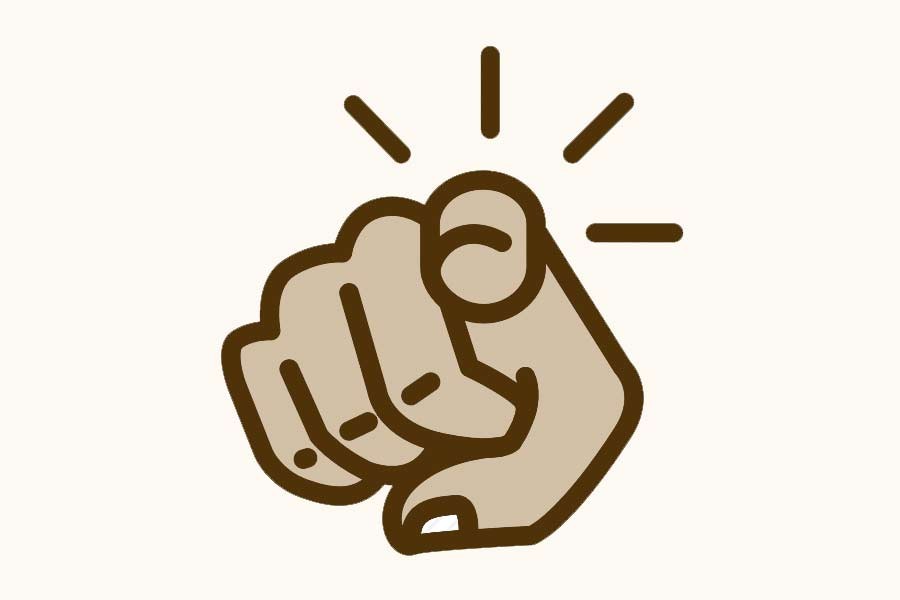Incidents of rape and rape-related deaths have been making frequent headlines these days. The very recent shocking death of a schoolgirl from Kalabagan area in Dhaka has again caused public uproar. Unfortunately though, despite the fact that the victim girl had to pay the ultimate price at the hands of her tormentor(s), many commentators on the social media were not kind to her. She was blamed for what happened to her. Why is this victim-blaming?
Reports of rape, gang-rape and murder after rape are now so common that many people often overlook such reports. And in many cases, the reports do not occupy a prominent place in the media unless there is something special about the incident in question. The importance of the news may depend on how gruesome the particular incident is or what social class the victim is from. Each such incident is outrageous and an instance of human tragedy as the victims suffer regardless of their social status. Still, they do not elicit equal response from the public. The tragedy of the Kalabagan schoolgirl, however, drew a lot of response, both kind and unkind, from the social media. The unkind remarks were unfortunate. Since the ill-fated girl was the student of an English medium school, the perception of some of the commentators was unnecessarily biased. Many have a stereotyped view of English medium students that they are a bunch of spoiled brats. Their notion about girl students is no better. So, they think, co-education is also equally bad, if not worse, as female students can mingle with their fellow male classmates and are not bound by conservative norms. As such, the Kalabagan girl failed to get any sympathy from these commentators. To be frank, such view is often misplaced. True, there are some children of affluent families who often do not make quite a positive impression on the common people around them. But many children from less affluent middle-class background also study in English medium schools who are normal boys and girls and adhere to the traditional social and cultural mores. But they are not as visible as the ones from the higher middle-class or affluent families.
But this is not to say that if any such tragedy befalls a female student from the more affluent class, she should not deserve any sympathy. A rape victim has only one identity and it is that she is a victim.
No one has the right to judge a victim by her background.
Rural society is more tradition-bound than the urban one. As a consequence, the victim-blaming culture is more prominent there.
The frequency of violence against women of sexual nature is also higher, especially among the poorer section of the rural community. But few of the victims get enough media attention or justice.
Rural power elites' bias against the poor, conservatism and victim-blaming culture have a role to play for such a state of affairs.
To silence the victims, the perpetrators, mostly the male members of the power elite, nowadays use the social media to blackmail or shame the victims socially.
Such abuse of social media to harass, bully or malign victims of sexual violence is reprehensible. But the operation of the service(s) lies with people who are far away from us.
Moreover, it is yet to set its standards. Also, it is being driven purely by the profit motive of its operators. As a result, it has become a free-for-all. So, it will be required to put pressure on the social media operators, such as the Facebook, to install filter to track and strictly control fake accounts and contents that carry loaded messages including misogyny, racism, hate-mongering.
Until that happens, the government and the mainstream media should take a strong position against the unhealthy trend of victim-blaming and abuse of social media targeting the victims of sexual violence.


